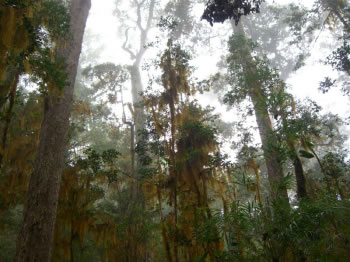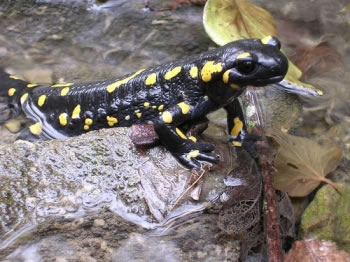| |
|
|
Size: 199,147 hectares.
Distance from San José: 410 kilometers.
Camping: Permitted.
Trails: Limited.
Dry season: Effectively none, but december through March is dryer on the western slope. |
 |
| |
|
 |
This is Costa Rica's largest, most remote, and least
known parks. Its vast upland wilderness hugs the southern
part of the continental divide. Costa Rica has about half
of the park, the other half being in Panama, and it represents one
of the first attempts to create and manage an international protected
area. In 1983, Talamanca Range-La Amistad Reserves / La Amistad National Park was declared by the UNESCO as a Natural Heritage Site of Humanity. |
| |
|
The elevation within the confines of the park ranges
from 200 to 3,549 meters. Temperatures range from extremely warm in the lowlands to quite cold in the highlands, and this range of altitude and temperature makes for a very rich diversity of life zones and, consequently, of species. |
 |
| |
|

|
There is an astonishing number of habitats within this
vast wilderness area as a result of differences in altitude, soil,
climate and topography. They include paramos, swamp, oak forest,
madrono forest, fern groves, high mixed forest and very moist evergreen
forest. |
| |
|
There's an extraordinary array of wildlife, and identification
has been made of 1748 species in angiosperms, gymnosperms, ferns and mosses; 136 species of mammals; 44 species of amphibians and 29 species of reptiles; about 450
birds, alongside 130 different
species of orchids. The most common animals are the tapir,
jaguars, ocelots, peccaries, otters, porcupine, skunks, giant anteater
and salamanders. |
 |
|




